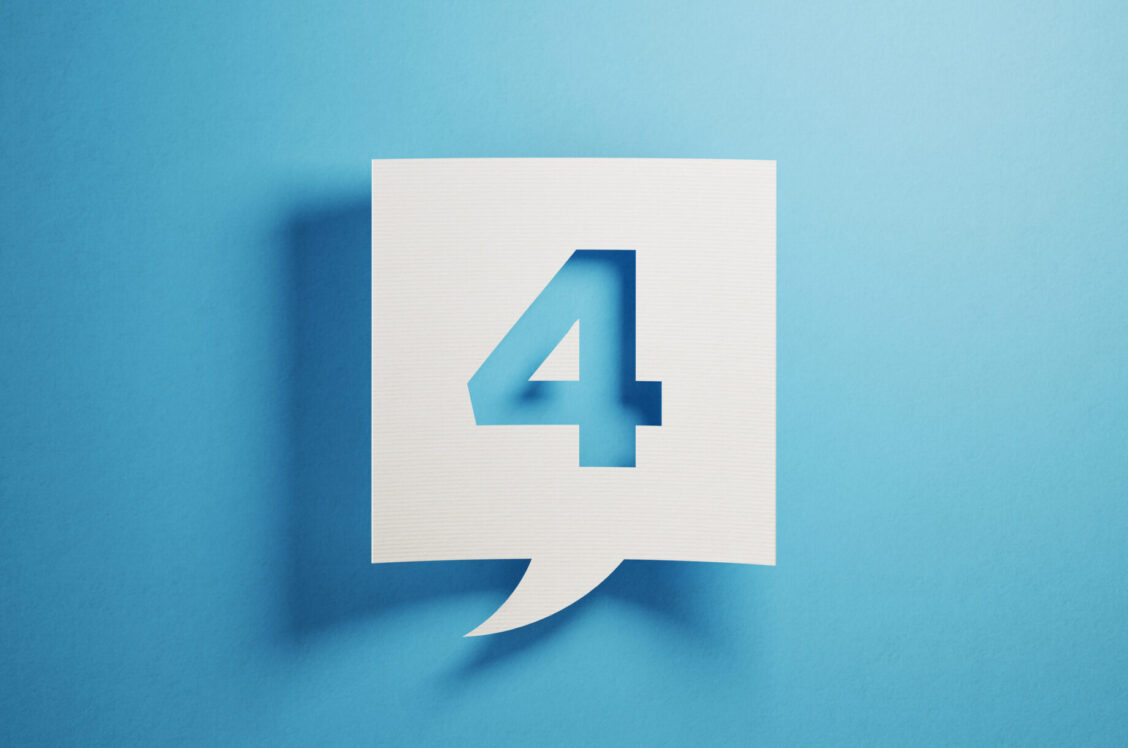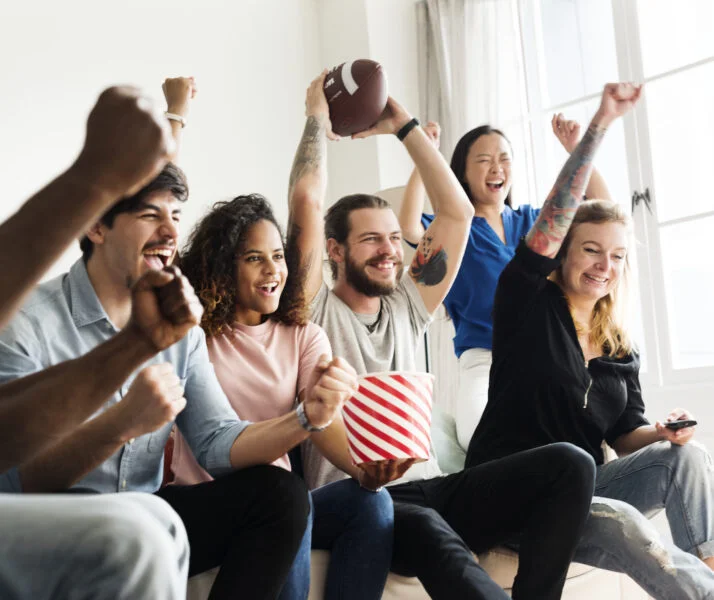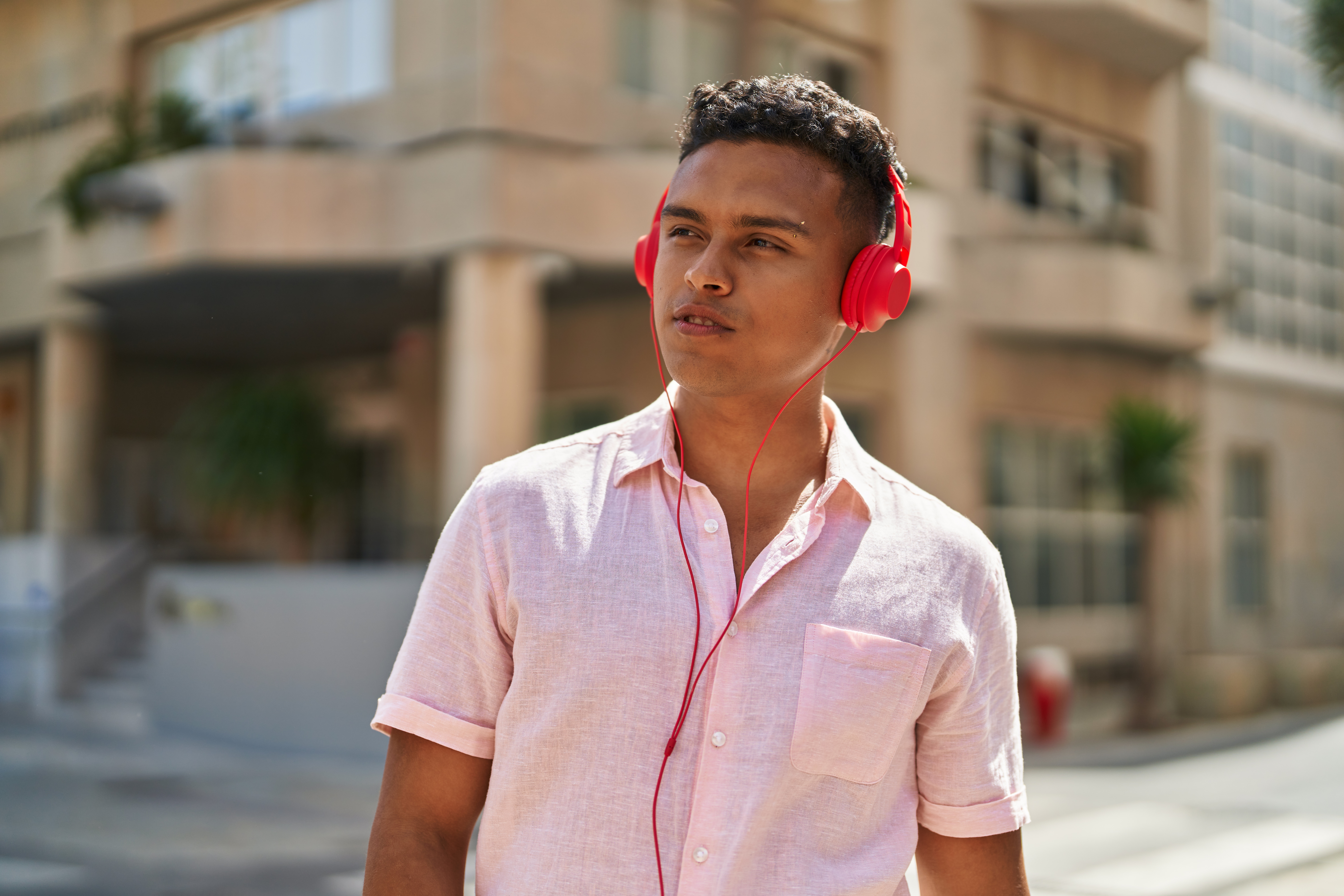4 Ways Specialty Agencies Help Brands Navigate Podcast Advertising
By Kurt Kaufer
May 21, 2021

In this article
The complexity of buying podcast ads is the result of four key factors:
- Any number of people can create and distribute their own podcasts. In fact, there are more than 2 million podcasts with 48 million episodes1 to choose from.
- The most effective ad creative is highly customized and often includes live reads or branded integrations.
- Most innovations in podcast ad tech have been designed to solve specific challenges within a silo, not to make holistically buying the media more turnkey.
- Measurement and attribution methodologies and technologies are not as advanced as digital yet.
Podcast advertising realities
Finding and vetting shows.
Buying the media.
Ad verification.
- Placement: Where did the spot run? A spot receives the highest grade if it is run within the show’s content or in the first break.
- Duration: How long was the spot? Did it meet the time requirement of what was bought?
- Quality of the Endorsement: What was the tone, inflection, enthusiasm of the host’s delivery.
Measurement and attribution.
Link to original AdAge article.


